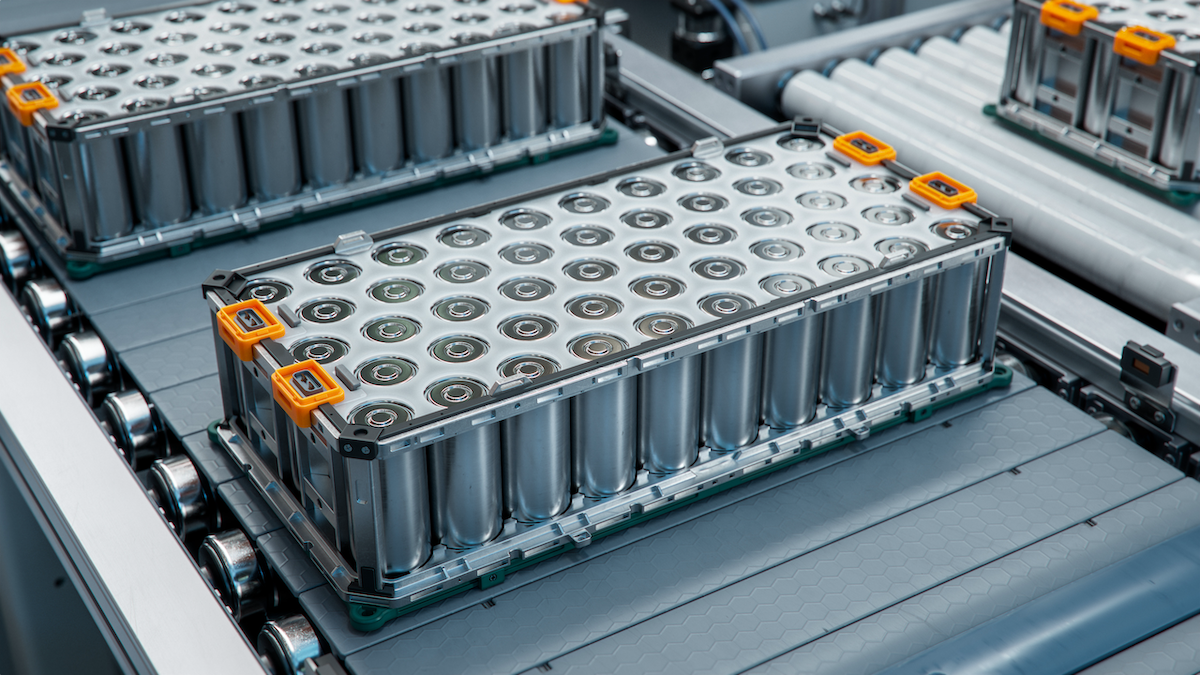The State of Solid-State Batteries

The Current State of Solid-State Battery Technology for Electric Vehicles
At the core of the EV is, of course, a battery. Solid-state batteries have recently been in the news as a promising alternative to the current most popular lithium-ion batteries for electric vehicles. But what is the difference between solid-state batteries and lithium-ion batteries and what does the future hold for solid-state battery technology?
Difference between Solid-State Batteries and Lithium-Ion Batteries
Solid-state batteries differ from lithium-ion batteries in their composition and structure. While lithium-ion batteries use liquid or gel electrolytes, solid-state batteries employ solid electrolytes. This difference offers several advantages. Solid-state batteries are generally considered safer than lithium-ion batteries because they are less prone to thermal runaway and have a lower risk of fire. Solid-state batteries also have the potential to offer higher energy density, longer lifespan, faster charging times, and improved performance at extreme temperatures.
Prospects for the Future
The development of solid-state battery technology is still ongoing, with researchers and companies working to overcome various challenges. One of the main challenges is achieving high ionic conductivity in solid electrolytes. Researchers are exploring different materials and manufacturing techniques to improve the performance of solid-state batteries. Some companies have already made significant progress in this area, with prototypes showcasing promising results.
If successful, solid-state batteries could revolutionize the EV industry by addressing some of the limitations of lithium-ion batteries. They could enable longer driving ranges (eliminating range anxiety), shorter charging times, and safer operation. Moreover, solid-state batteries could find applications beyond EVs, such as in portable electronics and grid energy storage systems.
Ongoing research and development efforts are paving the way for safer, more efficient, and more advanced energy storage solutions. Time will tell if this solid-state technology is the next major milestone in advancing EV adoption.
